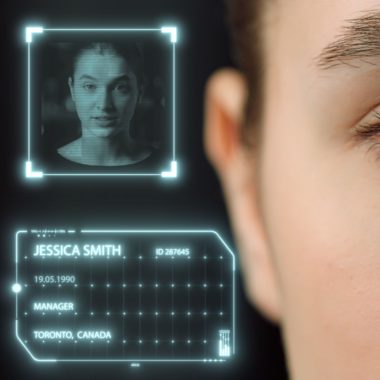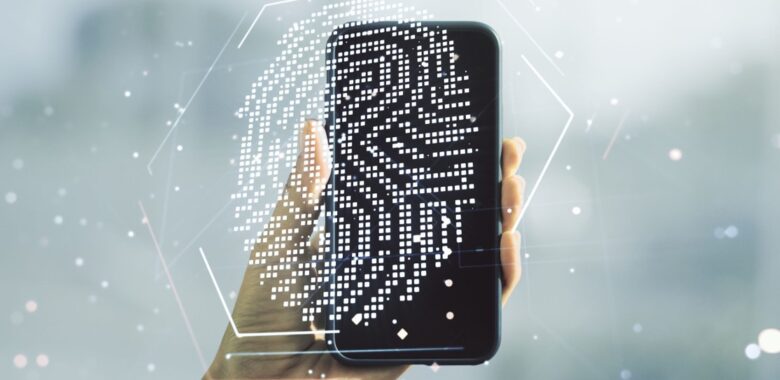Having a legal identity gives us a place in society; allowing us to vote, access education, obtain legal employment or access state welfare services. We’ve spoken in the past about the importance of a legal identity, and why biometrics is key in creating legal identities for all.
This is exactly the topic that The Secure Identity Alliance (SIA) has addressed with its recent whitepaper, Biometrics in identity; Building safe and inclusive futures and protecting civil liberties. The SIA is an expert and globally recognised not-for-profit organisation. It brings together public, private and non-government organisations to foster international collaboration, help shape policy, provide technical guidance and share best practice in the implementation of identity programmes.
The report covers how biometric technology has evolved, latest developments and trends – and examples of biometrics in action. We’re happy to have worked with the SIA on this important report, contributing insights and examples of our technology in action across the globe – some of which we dive into more detail below.
Enabling voter registration in Burkina Faso
Commission Electorale Nationale Indépendante (CENI) in Burkina Faso requested an upgrade of its voter register, ahead of the presidential elections in October 2020 and legislative elections in March 2021. The aim of the CENI is to maximise the lifecycle of existing equipment, provided by Thales in 2016 for the voter registry creation, and to use it for as long as possible.
The project successfully achieved two key combined objectives: the re-use and upgrade of existing systems as well as the procurement and integration of brand new equipment, including , to manage a robust voter registration campaign.
THALES HELPS ELECTORAL COMMISSIONS ENSURE VOTERS’ EQUALITY: “ONE PERSON, ONE IDENTITY, ONE VOTE”
Supporting Asylum Seekers with Eurodac
The European Dactyloscopy System (Eurodac) is the EU’s asylum fingerprint database. It contains the fingerprints of all asylum applicants from each Member State, as well as fingerprints from those apprehended in an irregular border crossing. Its primary role is to assist in determining the Member State responsible for examining an asylum application made in the EU and to implement the “Dublin Regulation”.
Eurodac was the first biometrically enabled system commissioned by the European Union, and the first multinational biometric system in the world. The system captures and enrols all ten fingerprints, the state sending the data, the place and date of the international protection application, together with the individual’s gender and a reference number.
In response to the EU migrant challenge, proposals are now being considered by the European Parliament to increase the information stored in Eurodac about individuals, for example in order to assist in reuniting family members. Where Eurodac differs from many other Automated Fingerprint Identification Systems (AFIS) is in its unique workflow requirements which are designed to ensure that only Member States can change or read their own records. It also ensures that individual freedoms and rights are protected in the event of being granted asylum or citizenship of a Member State.
Eurodac: the European Union’s first multinational biometric system
Streamlining border control in Spain
AENA, the Spanish operator, has entrusted Thales for the supply and deployment of ABC gates latest-generation at six international airports (Valencia, Fuerteventura and Bilbao, Reus, Girona and Tenerife).
This large-scale project represents more than 120 ABC Gates, integrating the latest Thales technologies, including the Thales Cogent FRP biometric “matcher” SDK.
These new smart accesses have already been in operation since July 2019 at the Valencia and Bilbao Airports, optimising access time for passengers. The system is key for National Police officers since it facilitates the operation and control of up to 12 passengers simultaneously.
These improvements have been achieved without lowering security as the smart access is provided with facial recognition software that verifies the passenger’s identity. Moreover, the units are designed in such a way that the passengers intuitively look at the camera during the process, enabling instant capture of their face.
Automated controls provide speed, improving performance and increasing border security by performing biometric identity verifications against police and international databases such as Interpol.
THALES AND INETUM DELIVER SMARTER BORDER MANAGEMENT AT SPANISH VALENCIA AND BILBAO AIRPORTS
The report concludes with a good practice toolkit from the SIA. This toolkit talks about the importance of expertise, modality, standards, accuracy and algorithms when it comes to building biometric systems.
You can read the full whitepaper, breakdown of case-studies and the toolkit recommendations here: https://secureidentityalliance.org/biometrics-sia-publications/biometrics-in-identity-building-inclusive-futures-and-protecting-civil-liberties



